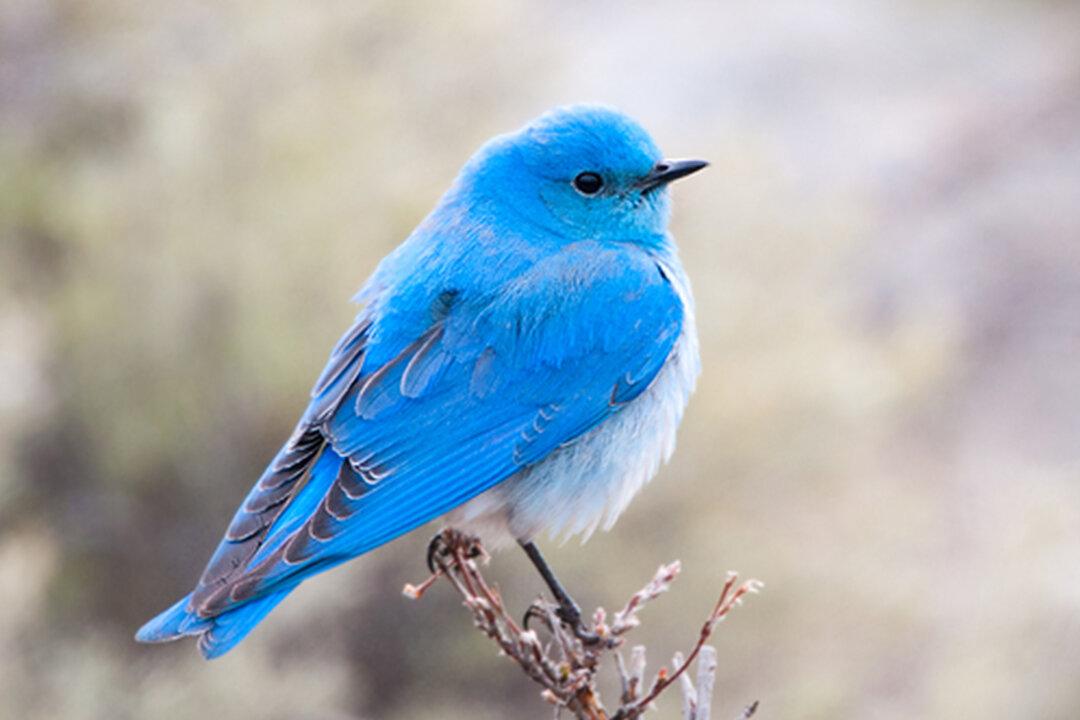What’s that flash of bright blue in the trees?
If you’re out camping or hiking in the mountains of western North America, you might be delighted to see a shot of cerulean darting through the trees. You could be witnessing the spectacular mountain bluebird.






